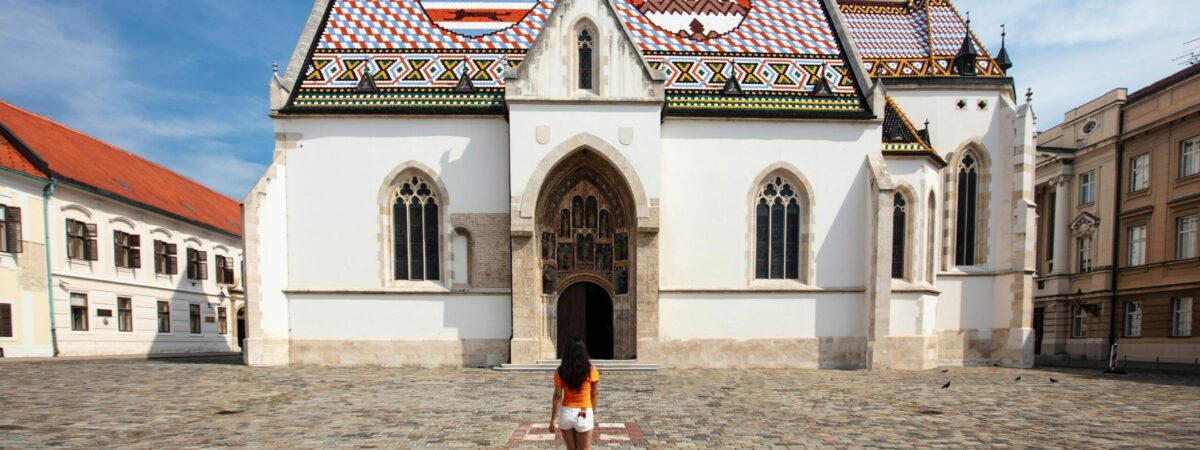The Croatian capital of around 800,000 is a vibrant, modern metropolis that weaves together big city offerings and small-town charm. For years, the city of Croatia, which combines a Central European atmosphere with Balkan culture, has been seen as a layover on the way to the country’s Adriatic coast, which has some 1,200 islands. Local expert Alex Crevar insists that’s no longer the case.
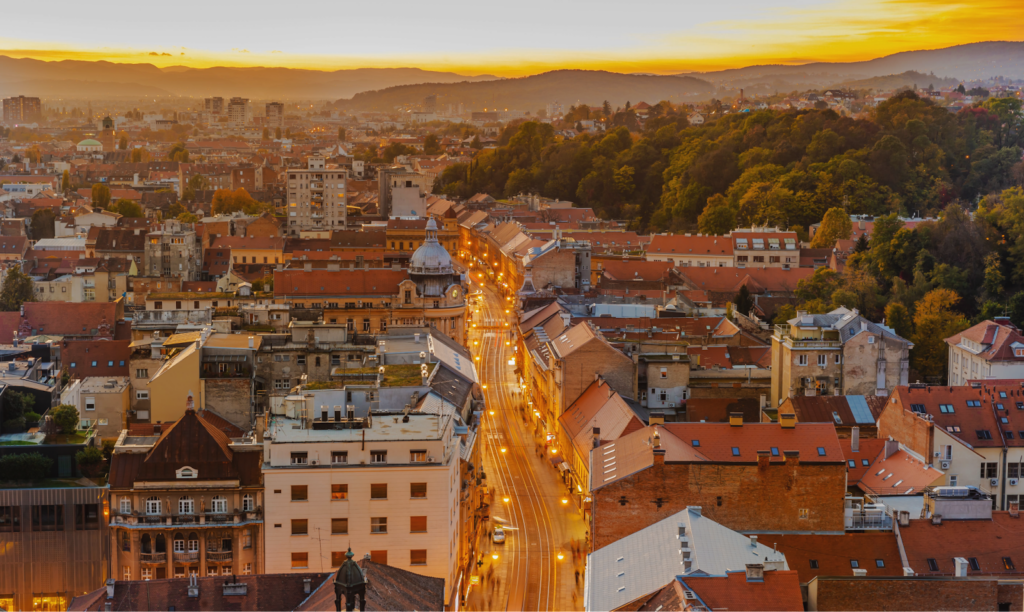
Upon Arrival
After a visitor arrives in my city, I always recommend going straight to the main square — Ban Josip Jelačić Square — to get right into the action because all roads lead to this energetic centre of town. This is where Zagrebians gather for coffee, drinks, pop-up markets, celebrations, and music performances.
The best time to be here is in the fall, specifically September and October. That’s when locals come back from a summer on the coast, and you can really feel the excitement as the city fills up again. Festivals and fairs are also being held throughout the parks scattered throughout town.
I tell first-time travellers to buy items made in Croatia, which has a long history of making high-end items like great wine. When possible, drink Croatian wine. I also tell them to avoid shopping at malls or buying products made outside the country.
People from here know better than to eat at international fast-food restaurants. Instead, they would rather go to the outdoor market and shop for themselves or visit one of the many restaurants serving national specialties.
The best museum to start your journey and get a good sense of this city is the Zagreb City Museum, because it provides a wonderful overview of the city’s history — with both artful and interactive exhibitions.
Parents should take their kids to almost anywhere in town because this is a family-friendly and safe city. Of special note are the many parks that connect Zagreb. The city’s Botanical Garden, next to the train station, has thousands of plant varieties and provides a peaceful spot to sit and relax with the little ones. As well, Maksimir Park is a vast expanse with lots of areas to play.
Food from the Heart
Among the food (or dishes) my city is most proud of, slow-cooked or roasted lamb and/or veal is an absolute must. I like to go to several restaurants in town, but especially traditional Restaurant Okrugljak to really enjoy it.
When we get together to celebrate the good weather of the spring or fall, or just to reunite with old friends, rakija (a traditional homemade liqueur/schnapps) is what people here traditionally drink. I like to gather my friends and go to a friend’s house, but also to the bar Kulturni Centar Mesnička, where they always serve homemade versions of rakija for a round.
When I eat completely local, I will go to Kod Šime restaurant. I know the food here is both fresh and served like locals like it — not like they think visitors want.
Another two classic, iconic restaurants include Lari & Penati for a solid example of modern Croatia fare, and Mali Bar, which serves a slightly upscale version of traditional dishes from the region.
The part of town where locals come for traditional food is all over, but the Kvatrić and Trešnjevka areas are musts for a more “local” view of Zagreb life and to visit more “everyday” establishments in neighbourhoods outside the centre.
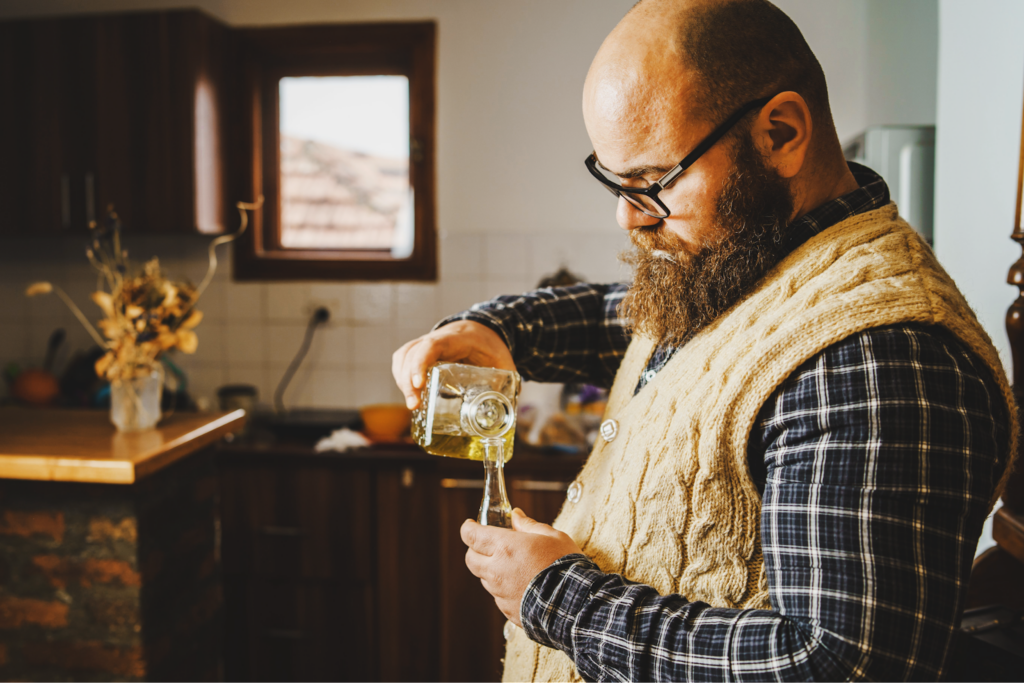
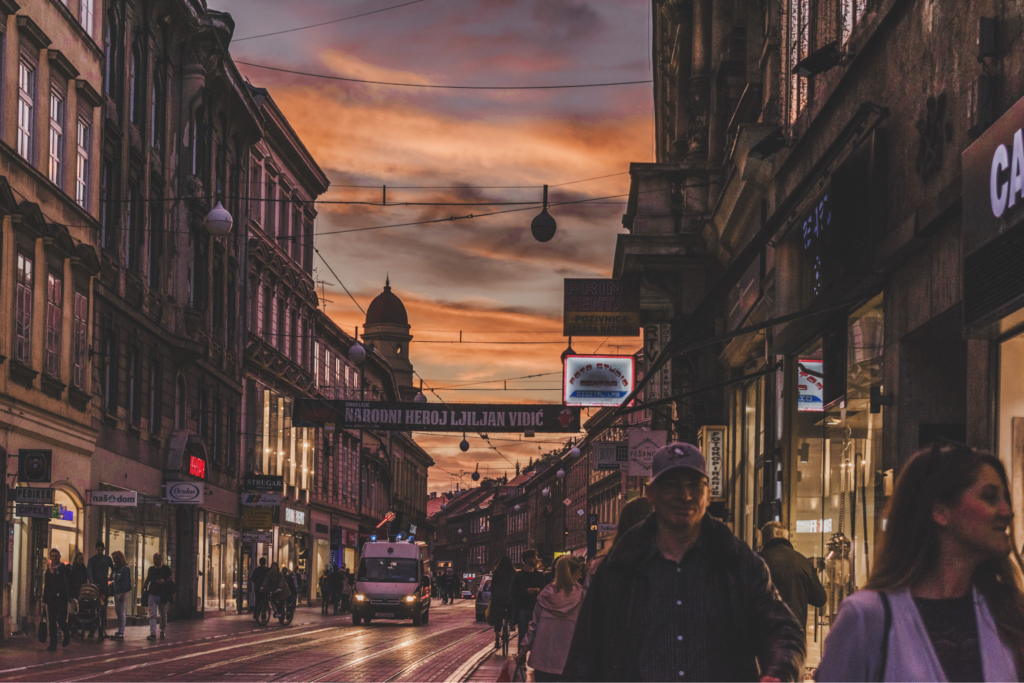
Shopping Locally
My city is known for making fashion-conscious clothing and top-end women’s designs.
The best outdoor food market in Zagreb is either Dolac behind the main square, or the Trešnjevka market. And the best outdoor market to buy everyday items like necessary home goods is both the Trešnjevka market and Kvatrić market at Kvaternikov square.
I always take visitors to the shops in the Upper Town area called Gradec or to the “Design District” of Martićeva Street to buy real, local souvenirs. The products are handcrafted with local materials and the vibe is proud because the owners know they are selling Croatian-made items. And we know to avoid the shops just off the main square because the items are often plastic and imported.
Getting Deeper into Zagreb
A great book to learn more about my city is “The Witch of Grič” by Marija Jurić Zagorka, Croatia’s first female journalist.
Most people know about Zagreb’s Cathedral — The Cathedral of Assumption of the Blessed Virgin Mary — because it is one of the biggest religious buildings in Southeastern Europe. But, the Romanesque St. Mark’s Church in the Upper Town area of town should also be visited because it is one of the most beautiful buildings in town with an ornate multi-colored, tile roof.
My city is a place people are attracted to because of its downtown full of cafes, easygoing atmosphere, a great Advent festival in the winter, great weather in the spring and fall, and parks scattered across city squares.
To really celebrate my city at its best, come during the early fall (September or October) and during the winter Advent period. In the autumn, people are coming back to Zagreb after a summer on the coast and the city is filled with excited and playful energy. In the winter, during Advent, Zagreb is filled with kiosks selling local food and drink, festive parties, and a giant, outdoor ice-skating rink in the middle of the city’s Green Horseshoe of Parks.
Most people think of my city as a place to layover before heading to the coast, but really this is a destination to embrace a combination of Central European and Balkan culture, see the architecture of the Austro-Hungarian era, the Yugoslav era, and the creative work of Croatian artists.
This is one of the best places in the world to experience the combination of Central Europe and the Western Balkans. You can feel it with the architecture, food, music, art, and general flow of life here. There is a relaxing vibe here that lives in outdoor cafes and celebrations. Of note is the winter Advent festival — considered among the best in the world. Locals are proud of that because it shows the complexity and true originality of this city and the country generally. Croatia is unique because it represents both a beautiful place to visit and a border region between epic and ancient cultures.
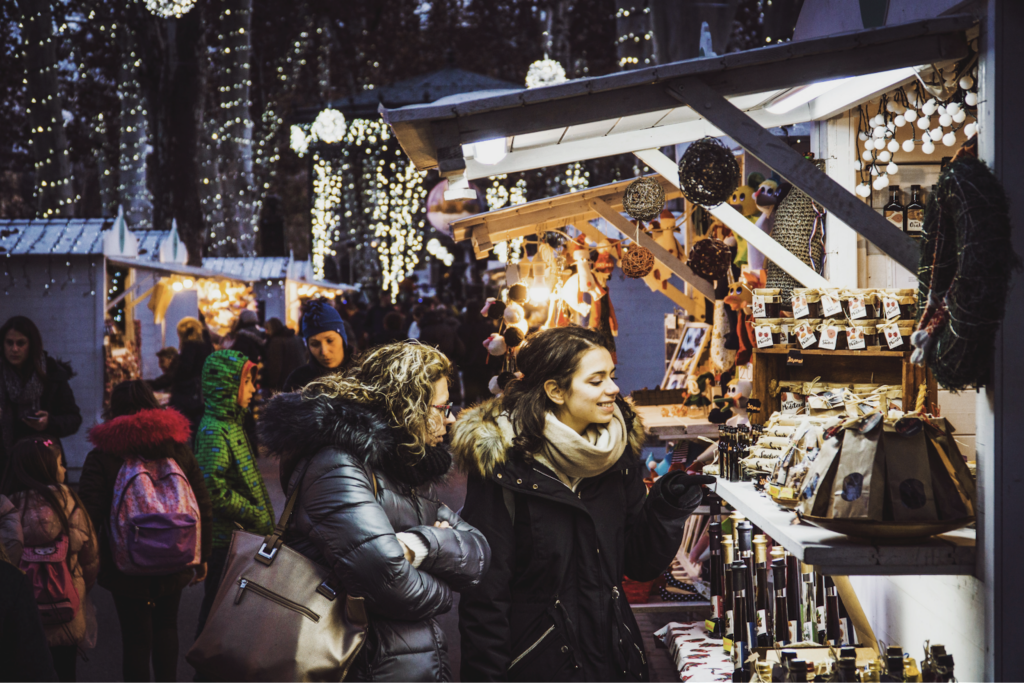
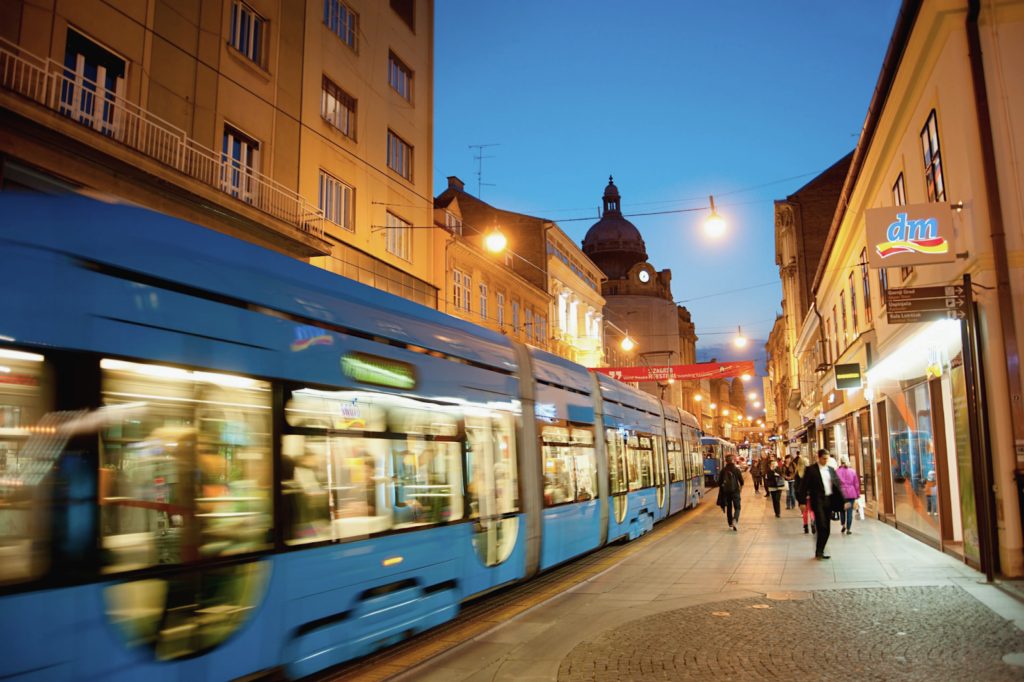
Getting Around Zagreb
One thing you should know about getting around my city is that it is incredibly easy to walk nearly everywhere you’ll want to go. Zagreb’s Lower and Upper Towns were built to be enjoyed at human speed, and the layout is easy to understand after just one visit. The mountains are to the north and the main markets, main avenue, and nearly all historic sights are a five-minute walk from each other.
The best way to travel around my city to have as little impact as possible is to walk, however, there is also a useful tram system that is inexpensive (4 kunas, or approximately .5 euros, one way). Cycling is also easy with city bikes stationed across the city.
Luckily this method of transportation also allows me to really enjoy the little surprises all over the city. When I travel by foot or on a bike — rather than in a taxi — I can see this city slowly.
Outside the City
To get away and into the outdoors, I like to take a hike up Mount Medvednica and the nature park of the same name. There are many trails to the peak of the mountain, known as Sljeme.
For a day trip just beyond my city, I like to visit the cosy town of Samobor, just west of Zagreb near the Slovenian border. The bus takes about 30 minutes and costs approximately five euros. The town itself is a wonderful place to walk, see the main square, and enjoy the many restaurants serving traditional food here. Kremšnita — part custard and part pastry — is the famous dessert from Samobor.
Many people will head to Plitvice National Park because of its reputation, but locals know to go to Varazdin (about two hours by bus; cost is 50 kunas), which is closer and less crowded and provides an opportunity to learn about ancient Croatian history. Plitvice struggles with overtourism, especially during the summer months. A visit to Plitvice on the way to the coast is more advisable but is still better undertaken during the off-season (anytime besides summer).
I really enjoy the view of my city from just under the 13th century Lotrščak Tower, where a ceremonial cannon is fired every day at noon. (Don’t worry, there is no cannonball.)
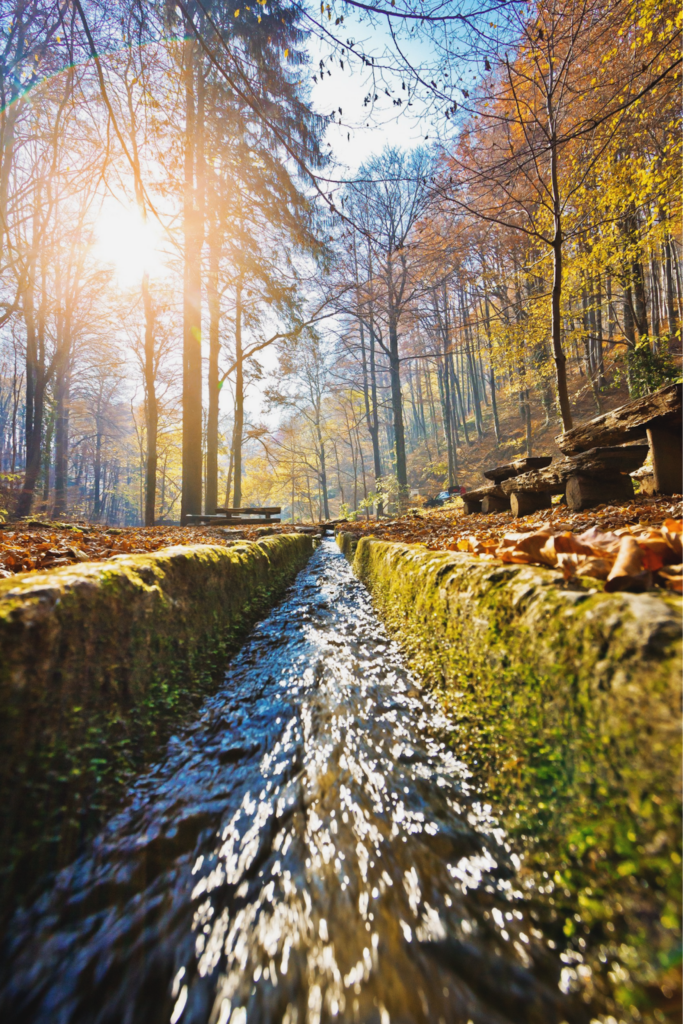
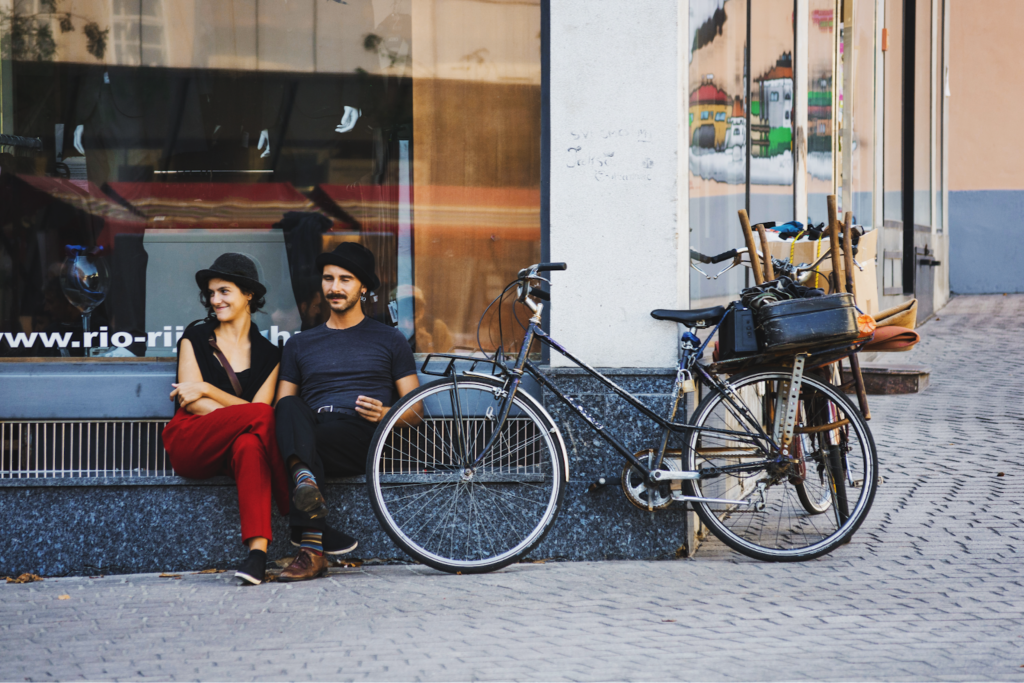
Connecting with Locals
When I want to have fun and celebrate being out in my city, I visit one of the many parks to start the day or night out. Many of the green spaces, like Zrinjevac Park, regularly have kiosks serving beer and wine as well as events showcasing local music.
To hang out with my friends and go to a real insider spot, I go to Caffe bar Kolaž, a real alternative-friendly spot where I can meet friends and listen to different kinds of music and enjoy a different side of Zagreb.
The best resource for finding out what’s going on around town is In Your Pocket Zagreb, which has continually updated information about new places to eat, drink, and events around town.
When I want to enjoy my city without spending much (or any) money, I walk around the perimeter of the Lower Town with occasional stops at cafes for excellent coffee that costs around 1.5 euros. Along the way, I enjoy park views as well as the National Theatre, the Botanical Garden, and the city’s main outdoor green market, Dolac.
Kulturni Centar Mesnička is my first choice for music because this spot supports local musicians and has reasonable prices for locally made drinks. And when I feel like dancing, I go to Tvornica for the incredible shows with DJs as well as live international and local acts on stage.
Finding Solitude in Zagreb
When I want to go somewhere to sit and meditate about my incredible city, I go to the Botanical Garden, which is just next to the main train station and along the Green Horseshoe of Parks. There are thousands of plant varieties, lakes, peaceful walkways, and benches to sit and breathe.
If I chose the one place that makes me most proud of my city, it would have to be the Square of the Republic of Croatia because of the architecture and sights surrounding this beautiful quad. The Croatian National Theatre, University of Zagreb Academy of Music, and the Museum of Arts and Crafts all surround the peaceful square, which is filled with colourful flower gardens.

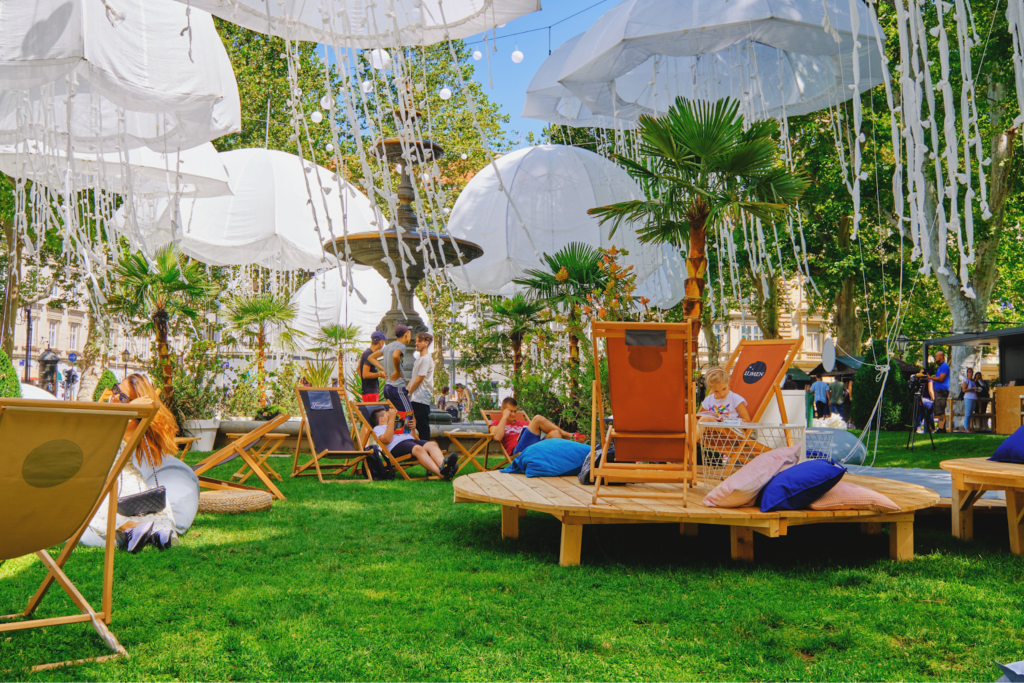
When the Seasons Change, This City Shines
Spring (March-May) is the best time to take a walk to the top of Mount Medvednica. Several trails begin just a 15-minute bus ride from the city centre.
I always recommend visitors to go to festivals in the summer (June-August) because Zagreb is quickly becoming one of the most interesting places in the region to attend music events between June and September. The INmusic Festival, for instance, welcomes acts from around the world.
The fall (September-November) here is magical when you just walk along the main avenue, Ilica, and feel the energy when all the locals come back to the city after a summer on the coast. Saturday morning coffee — a weekly, city-wide happening called Špica, when everyone in town has coffee outside with friends — is worth the visit here alone.
The winter (December-February) is a great time to enjoy Zagreb’s Advent festival. Named the world’s best Christmas Market multiple times, the celebrations last all December and into January.

